
Royal Enfield Scram 440 Vs Hero Mavrick 440: Image Comparison
- Jan 30, 2025
- Views : 330

Hang on, BS-IV isn’t new, is it?
Right, the BS-IV emission standards were implemented in NCR and 13 cities including Mumbai, Kolkata, Chennai, Bengaluru, Hyderabad, Ahmedabad, Pune, Surat, Kanpur, Lucknow, Solapur, Jamshedpur and Agra from April 1, 2010. Nationwide implementation is from April 1, 2017.

Enlighten me, how exactly is BSIV different?
BS-IV is the fourth stage of the emission standard incorporated by the government to regulate the amount of pollutants emitted by vehicles. There are various parameters on which the BS-III can be differentiated from the BS-IV.
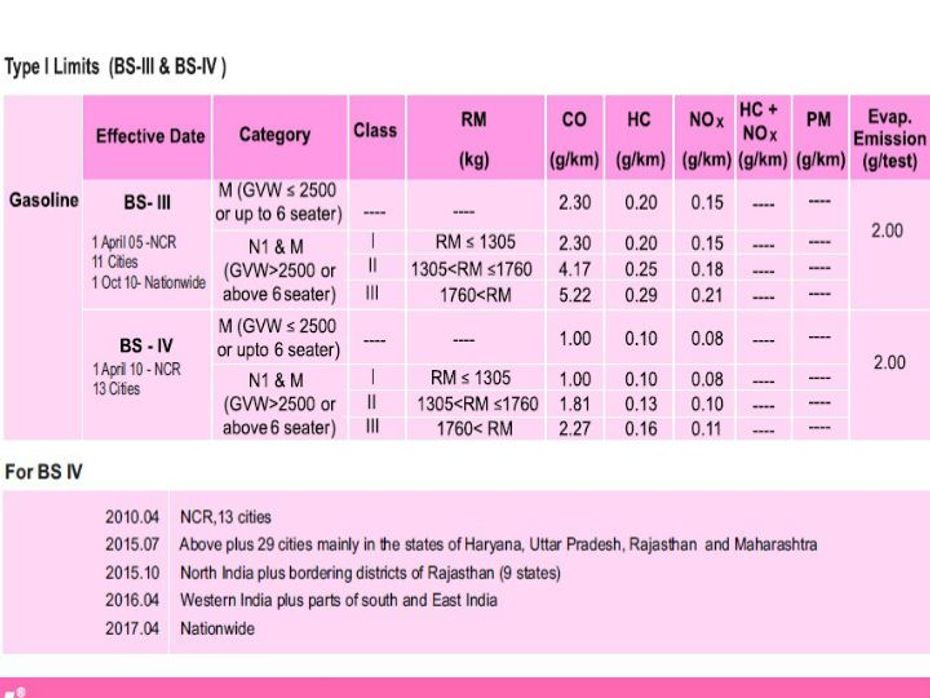
The BS-IV emission values for two-wheelers are classified into five classes depending upon the engine capacities and maximum vehicle speeds. The classification of vehicles according to classes is common for both the BS-III and BS-IV emission standards. For motorcycles, the change slashes the emissions by 25 per cent for CO and 40-50 per cent for HC+NOx.

BS-IV is fighting a war on carbon monoxide (CO), hydrocarbons (HC) and other nitrous oxides (NOx). For diesel vehicles, the change slashes the emissions by more than half (almost 60 per cent) for the CO and 50 per cent for the HC and NOx. For petrol vehicles, the change slashes the emissions by 20 per cent for CO and 50 per cent for HC and NOx.
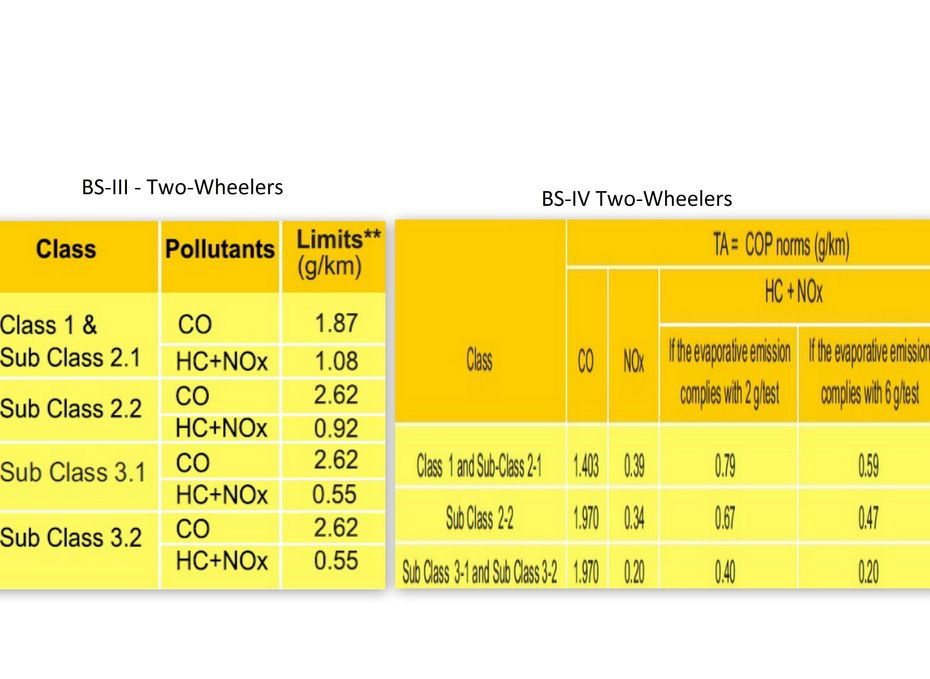
Just how bad can a few grams here and there be?
When you have millions of vehicles being added to the roads every year, it all adds up. Carbon monoxide is a highly toxic, colourless and odourless air pollutant. Carbon monoxide poisoning symptoms include headache, nausea, vomiting, dizziness, fatigue and weakness. It causes neurological dysfunction which may lead to confusion, disorientation, visual disturbance fainting and seizures. In severe cases, it may also cause coma.
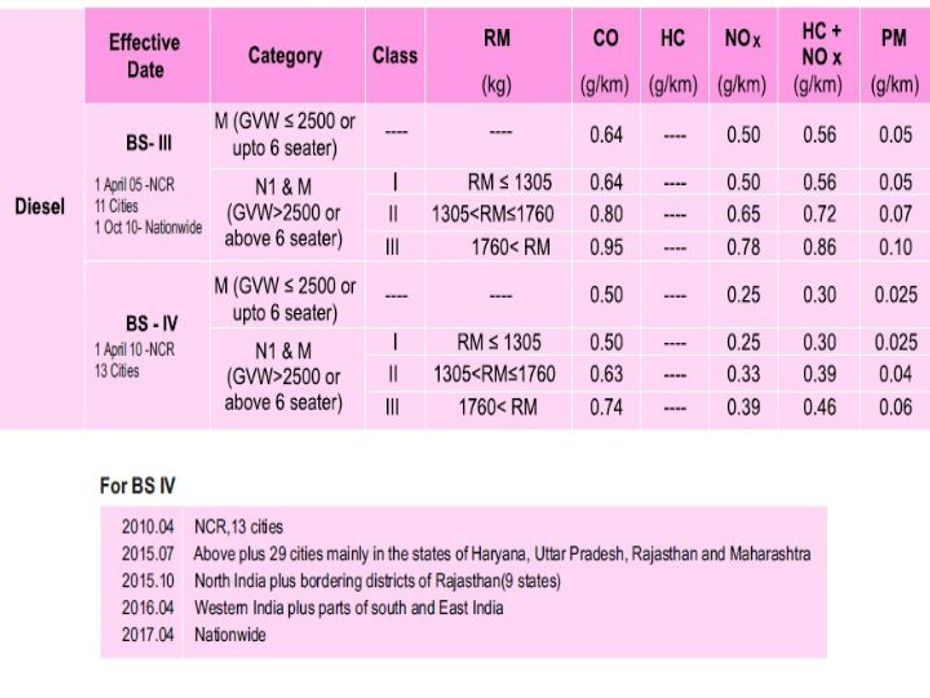
Inhaling hydrocarbons isn’t any nicer. Necrosis, abscess formation, respiratory system failure, damage to the kidneys, brain and nervous system are some effects. Nitrogen oxides react with volatile organic compounds in the presence of sunlight which destroys ozone. This results in damage to lung issues which lead to a reduction in lung functionality.
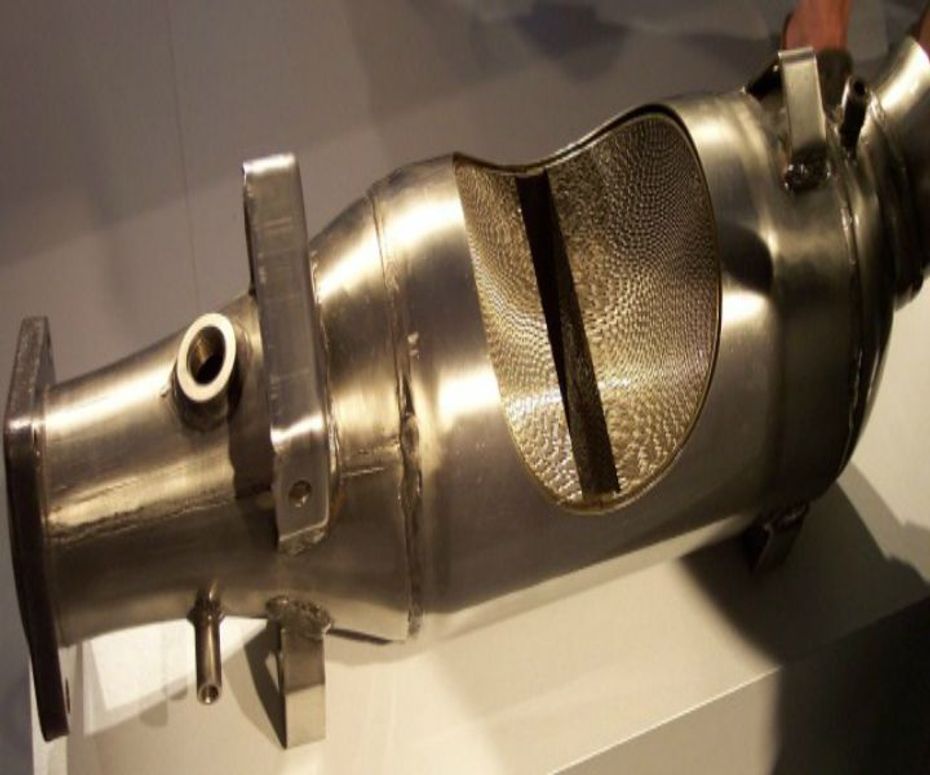
Man! So manufacturers have fixed things I hope?
All the manufacturers have updated their vehicles with BS-IV engines. Some motorcycle manufacturers have retuned the carburettor settings by adding more number of maps to the system. Fuel injection system has been incorporated to make them BS-IV compliant. Larger diameter muffler along with bigger catalytic converter helps in reducing the emissions. Vehicles feature Evaporative Emission Control System (EVAP) which recycle fuel evaporated from the tank and uses it for combustion. The use of fresh air injection into the exhaust port to burn any unburnt fuel has also helped improve tailpipe emissions.

Can you retrofit these systems to existing vehicles?
Existing motorcycles don’t need to get anything done as long as they have been bought before April 1, 2017. All new cars will have the updates.
Lot of chaos currently?
From the 1st of April no BS-III compliant vehicle will be allowed to be sold in India as per the orders of Supreme Court. As per SIAM, around 9 lakh BS-III vehicles with an estimated value of 12,000 crores are lying at the dealerships across the country. These vehicles won’t be registered by the RTO after April 1, 2017, which ideally means, they stand useless. Or as manufacturers have done, offered heavy discounts to get them off the dealership floors.
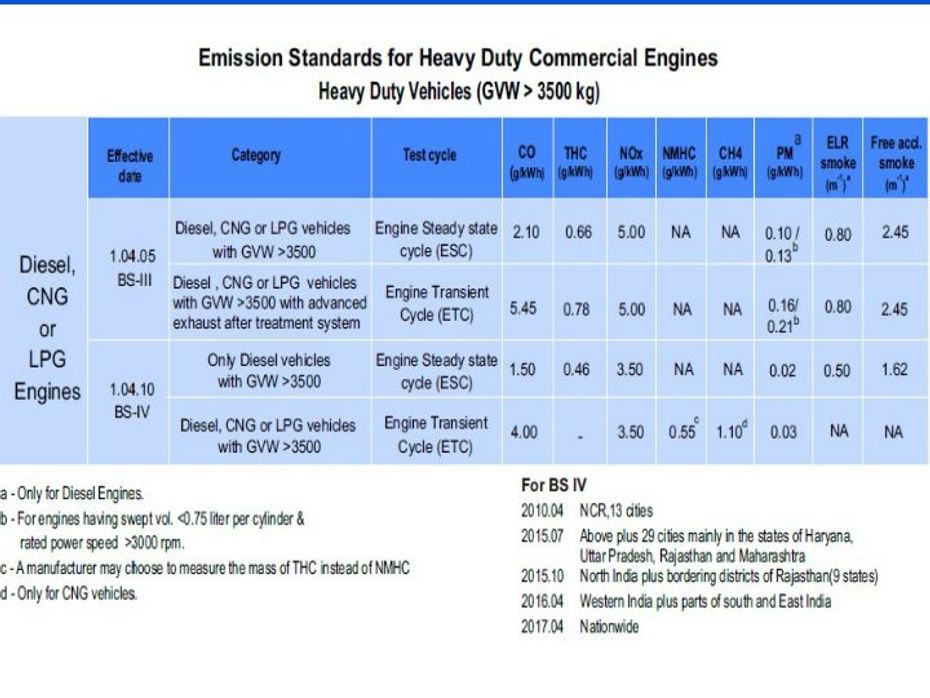
You can be sure that manufacturers are already hard at work to meet the BS-VI norms which come into effect April 2020.
The government of India had incorporated the Bharat Stage emission standards in 2000 to keep a check over the emission of environment depleting gases emitted by vehicles which are majorly responsible for global warming due to greenhouse effect. Over the course of years since 2000, the rules for emissions have become more stringent and today’s vehicles are running much cleaner compared to those in 2000.
Number of tests –
BS-IV tests –
Type 1 test is done to check the exhaust emission at Indian Driving Conditions (IDC). Indian Drive Condition is simulated on a test vehicle in a laboratory test called as constant volume sampling (CVS) system. The vehicle is mounted on rollers and anchored where the vehicle is driven as per the various resistances corresponding to the driving cycle are imposed. The system is tuned as per the data taken from actual urban and the actual driving cycle of the country. Type 2 test involves Spark Ignition testing which is carried out at idling condition to check the Carbon monoxide and hydrocarbons emission percentage. Type 3 test checks durability of anti-pollution devices determined by actual durability run which is carried over a distance of 30,000km or by application of a deteriorating factor.

Type 4 and type 5 tests are carried for the determination of evaporative emissions and durability of anti-polluting devices. The primary focus of these tests is to control and regulate the CO and HC percentages. The evaporative emission tests are performed in two types – the 2g and 6g test. 6g type in the evaporative test reduces the HC+NOx emission by 15-20 per cent over the 2g test.
Why is it important?
We all are aware of the fact of depleting ozone layer due to the use of fossil fuel vehicles have incurred. The depletion of ozone layer has caused global warming which in turn is dangerous for the future survival of mankind. It’s not that vehicles running on fossil fuels are solely responsible for the emission of harmful gases which have resulted in depletion of ozone layer; industries are also a part of it, but vehicles do play a big role.
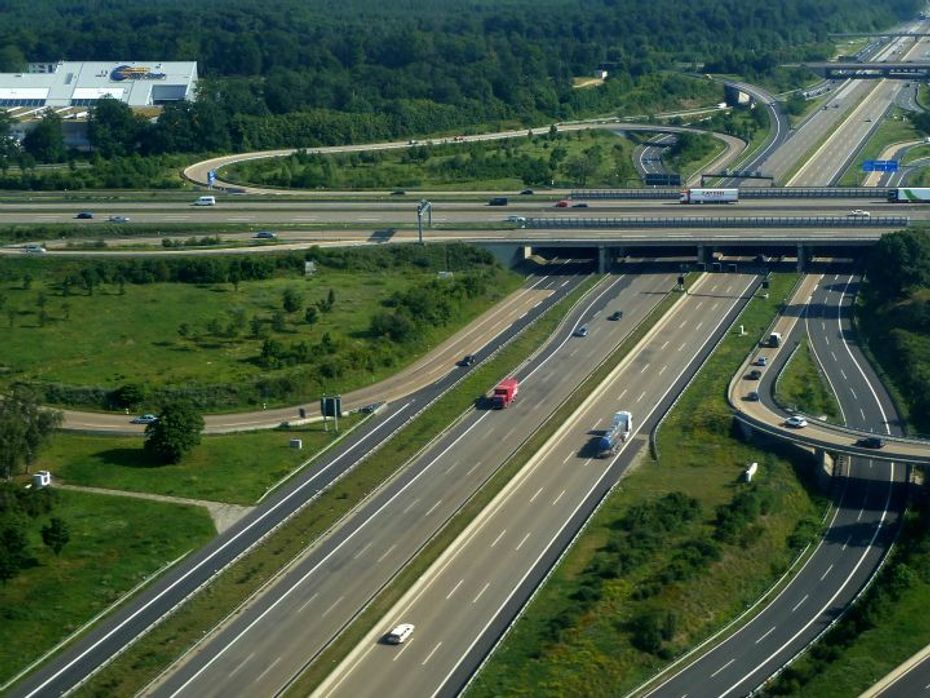
Global awareness against the rising temperature has been created in the recent past and countries have started taking action to reduce pollution from vehicles and industries by limiting the percentage of harmful gases they produce. Emission norms were incorporated to keep a check and promote cleaner running vehicles in the times to come.

Royal Enfield Scram 440 Vs Hero Mavrick 440: Image Comparison

Hero Xoom 160 vs Aprilia SXR 160: Maxi-scooter Comparison

Royal Enfield Scram 440 VS Triumph Scrambler 400X: Image Comparison

Yamaha YZF-R7 vs Triumph Daytona 660 Image Comparison: Auto Expo 2025

Hero Xtreme 160R 2V vs TVS Apache RTR 160 2V vs Bajaj Pulsar N150

Yamaha R3 vs KTM RC 390 vs Aprilia RS 457 vs Kawasaki Ninja 400:...

Royal Enfield Himalayan 450 vs Triumph Scrambler 400 X vs KTM 390...

Honda CB300R vs TVS Apache RTR 310: Specs Compared

Triumph Scrambler 400 X vs Yezdi Scrambler vs Royal Enfield Scram...

2024 TVS Jupiter 110 vs Ather Rizta | The Best Family Scooter Is…
India's largest automotive community
 Ultraviolette F77 SuperStreet
Rs. 2.99 Lakh
Ultraviolette F77 SuperStreet
Rs. 2.99 Lakh
 Ola S1 Pro Plus
Rs. 1.54 Lakh
Ola S1 Pro Plus
Rs. 1.54 Lakh
 Ola S1 Pro
Rs. 1.14 Lakh
Ola S1 Pro
Rs. 1.14 Lakh
 Ola S1 X Plus
Rs. 1.07 Lakh
Ola S1 X Plus
Rs. 1.07 Lakh
 Ola S1 X
Rs. 79,999
Ola S1 X
Rs. 79,999